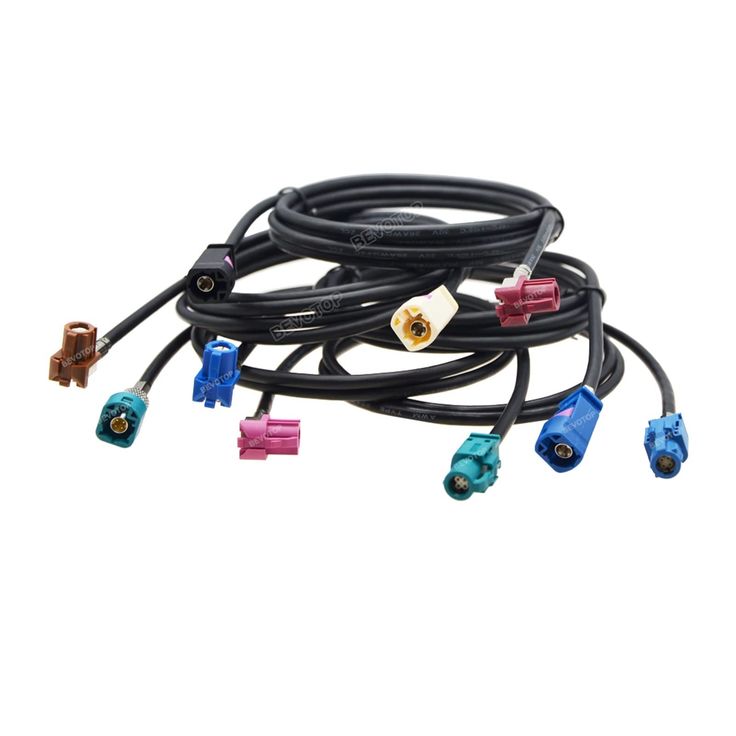Cable assemblies are the lifelines of modern electrical and electronic systems, enabling power delivery, data transmission, and signal connectivity in industries ranging from aerospace to telecommunications. However, even a minor defect in a cable assembly can lead to system failures, safety hazards, or costly recalls. This underscores the critical role of cable assembly testing—a rigorous process designed to validate performance, durability, and compliance. In this article, we explore the methodologies, challenges, and advancements shaping cable assembly testing today.
What is Cable Assembly Testing?
Cable assembly testing refers to a series of evaluations performed on completed wiring systems to ensure they meet predefined electrical, mechanical, and environmental standards. These tests verify that the assembly functions correctly under real-world conditions and adheres to industry-specific regulations. From basic continuity checks to advanced signal integrity assessments, testing is integral to quality assurance (QA) in manufacturing.
Why is Testing Critical?
- Preventing Failures: A single faulty connection can disrupt entire systems, such as automotive safety controls or medical imaging devices.
- Safety Compliance: Assemblies must withstand extreme temperatures, vibrations, or moisture without risking short circuits or fires.
- Cost Savings: Early defect detection reduces waste, rework, and warranty claims.
- Regulatory Requirements: Industries like automotive (IATF 16949), aerospace (AS9100), and medical (ISO 13485) mandate stringent testing protocols.


No responses yet